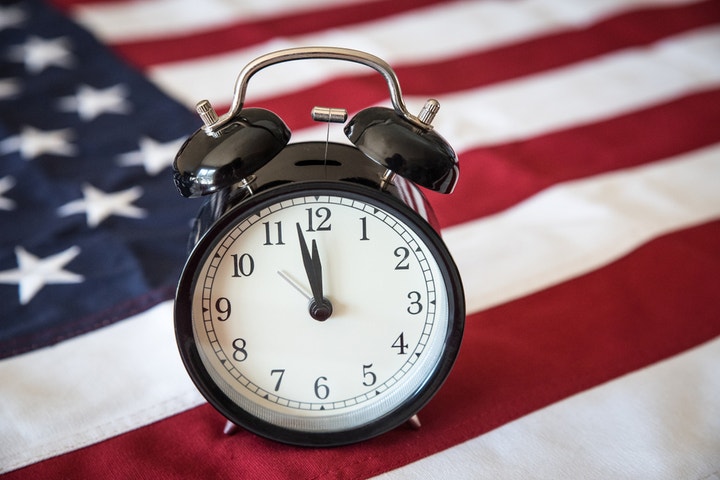
With no full-year budget or stopgap funding deal in place, the U.S. government could shut down at 12:01 a.m. ET on October 1—but if you think the stock market is bracing for chaos, think again.
Betting markets now place the odds of a Wednesday government shutdown starting as high as 65%.
Looking at the last 11 U.S. government shutdowns, the S&P 500 – as tracked by the Vanguard S&P 500 ETF (NYSE: VOO) – actually posted gains in eight of them, rising an average of 1.46% across a seven-session window surrounding the events.
That's a 72% win rate during periods when most headlines scream “catastrophic.”
How Have Stocks Reacted To Past Shutdowns?
The historical record is clear: shutdowns don’t always spook Wall Street.
Take the longest government shutdown in modern history, which ran from December 2018 to January 2019. During that stretch, the S&P 500 soared 11.92%, driven more by a rebound from oversold conditions than any fiscal alarm bells.
In October 2013, the S&P 500 climbed 2.65% during a 16-day shutdown, defying expectations of a market selloff.
The 1995-96 dual shutdown saga also saw positive momentum, with gains of 1.28% and 1.89% recorded during the two separate episodes.
Only in October 1990 did markets truly stumble, with the index falling 3.57% amid broader recession fears unrelated to the shutdown itself.
Of course, not every shutdown sparked a rally. But the data show no consistent pattern of market crashes.
| Shutdown Entry Date | Exit Date | S&P 500 Entry Price | S&P 500 Exit Price | Return (%) |
|---|---|---|---|---|
| Nov. 17, 1981 | Nov. 24, 1981 | 120.81 | 122.92 | +1.75 |
| Oct. 1, 1982 | Oct. 5, 1982 | 120.40 | 121.60 | +1.00 |
| Nov. 11, 1983 | Nov. 16, 1983 | 164.39 | 165.38 | +0.60 |
| Oct. 4, 1984 | Oct. 9, 1984 | 162.44 | 162.16 | -0.17 |
| Oct. 17, 1986 | Oct. 21, 1986 | 239.50 | 236.03 | -1.45 |
| Dec. 21, 1987 | Dec. 22, 1987 | 249.14 | 249.56 | +0.17 |
| Oct. 8, 1990 | Oct. 11, 1990 | 311.50 | 300.39 | -3.57 |
| Nov. 15, 1995 | Nov. 21, 1995 | 589.29 | 596.85 | +1.28 |
| Dec. 19, 1995 | Jan. 9, 1996 | 607.01 | 618.46 | +1.89 |
| Oct. 2, 2013 | Oct. 18, 2013 | 1691.90 | 1736.72 | +2.65 |
| Dec. 26, 2018 | Jan. 29, 2019 | 2363.12 | 2644.89 | +11.92 |
What About The Broader Economy?
The market’s resilience doesn’t mean there are no economic consequences.
According to Goldman Sachs economists Alec Phillips and Ronnie Walker, a shutdown starting on October 1 would likely result in the furlough of around 900,000 federal employees, or approximately 40% of the workforce, with delayed paychecks and interrupted services.
However, Social Security checks and tax collections would continue. Goldman estimates the direct impact of furloughs would trim 0.15 percentage points off fourth-quarter real GDP growth per week, with a likely rebound in the first quarter of 2026 once operations resume.
The impact on employment data may be more psychological than real. If furloughed workers are improperly classified as unemployed, the jobless rate could tick up 0.1 to 0.2 percentage points, according to historical patterns.
A shutdown would also delay key economic data, including the October employment report, scheduled for release on October 3. If the shutdown stretches into mid-October or beyond, reports due in November may also be impacted.
Bottom Line
Markets are forward-looking, and while shutdowns can dent short-term economic performance, they rarely trigger full-blown sell-offs.
As the clock ticks toward October 1, history suggests investors might want to tune out the noise—and watch what the S&P 500 actually does, not what the headlines predict.
Read now:
Photo: Shutterstock







